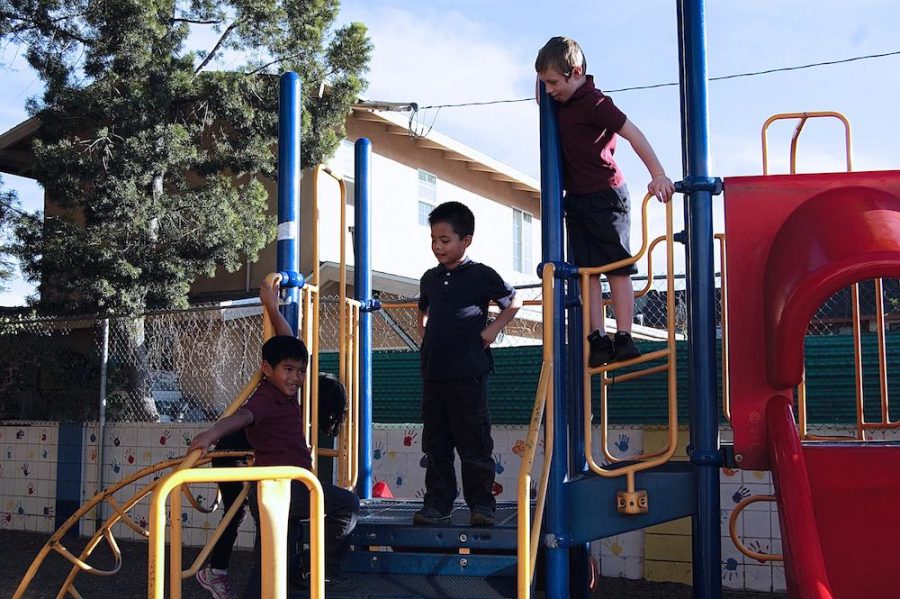(May 24, 2012) — “It’s such a waste to buy new clothes that I’m going to use for one specific thing, like [dance] practice,” said sophomore Larisse Lazatin. Lazatin said that she cuts up old, oversized shirts and wears them to dance practices. “Even though I like to shop, I’d rather cut up my shirts than go out and get new ones, because it’s a cool trend,” said Lazatin. DIY is popular when it comes to clothes because people can change their clothes for their own individual style and preference. “I have a bunch of stuff that I don’t wear and I cut them up and sew them back together,” said junior Anahit Sahakyan. “It gives me more variety of clothes for me to wear, because I can cut the clothes to my own liking,” Sahakyan said. With the prices of clothing these days, people often splurge on clothes and trash them after wearing them a few times. This splurge of low-priced clothing usually considered disposable is called “fast fashion.” Many teens are fast-fashion shoppers, mostly because of constantly changing seasonal trends. According to news magazine AlterNet, $282 billion is spent on new clothes in the U.S annually, making apparel the second biggest consumer product. Many people spend money on clothes constantly. The inviting prices and irresistible sales are hard to ignore for some. Fabrics used for clothes impact the environment differently depending what is used to make them. According to environmentalist group The Green Choices Team, nylon and polyester are made from petrochemicals which are non-biodegradable. The manufacturing of nylon emits nitrous oxide which is 310 times more strong than carbon dioxide. Although cotton is a natural fiber, it uses the most pesticides of all crops in the world. Shopping from a secondhand clothing store or thrift store is beneficial to the environment. According to The Gaia Foundation, it takes 10,000 pounds of water, one-half pound of fertilizers, and 0.4 ounces of pesticides on average to produce one pound of clothing. By shopping from a secondhand store, more than half of this is saved. Secondhand stores aren’t just environmentally friendly, as they also provide inexpensive clothes to create almost any outfit. Freshman Luis Ho said that he shops at thrift stores because he likes to find clothes that he isn’t expecting to find and buying it at a low price. “I like not knowing what I’m looking for and going into a thrift store and end up finding something I totally wasn’t expecting,” said Ho. He likes shopping from both thrift stores and retail stores, but he has more fun finding clothes from a thrift store. The clothes he ends up purchasing are like a “surprise.” “I prefer hand-me-downs over new clothes because you see the same time of clothes like from Forever 21 everywhere. When you come to school you’ll see everyone wearing it,” said junior Alexandra Mandalian. Mandalian said that she likes hand-me-downs more because she can create more original outfits. Hand-me-down clothes are sometimes preferred over secondhand stores because it’s passed down and often has more sentimental value. “I get hand-me downs from my mom and my grandma, and my grandma has clothes from my great-grandma who lived in Germany so I get really vintage-y clothes,” said Mandalian.
Categories:
Good shoppers are green shoppers
May 25, 2012
More to Discover








